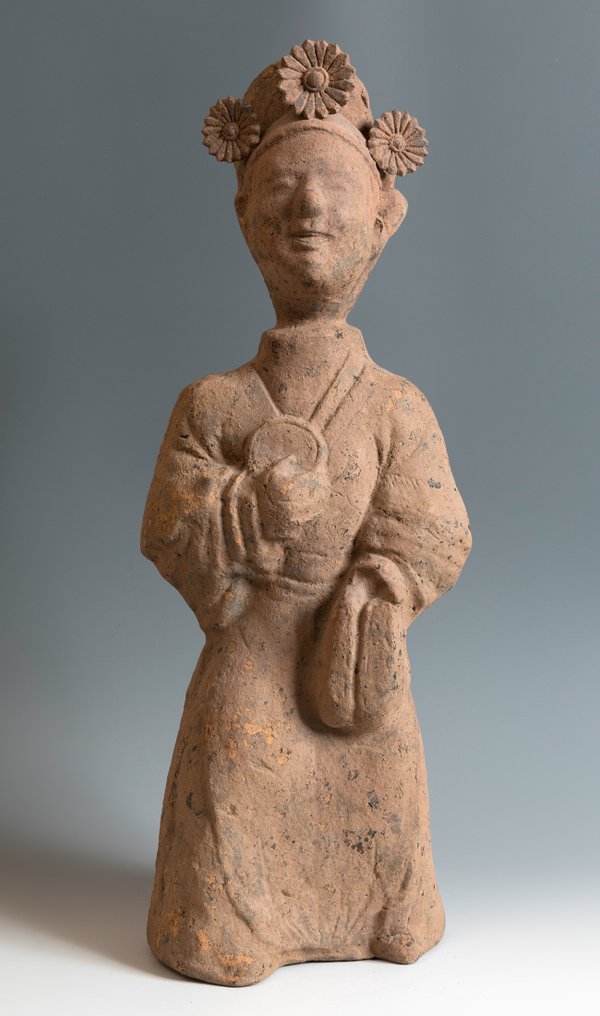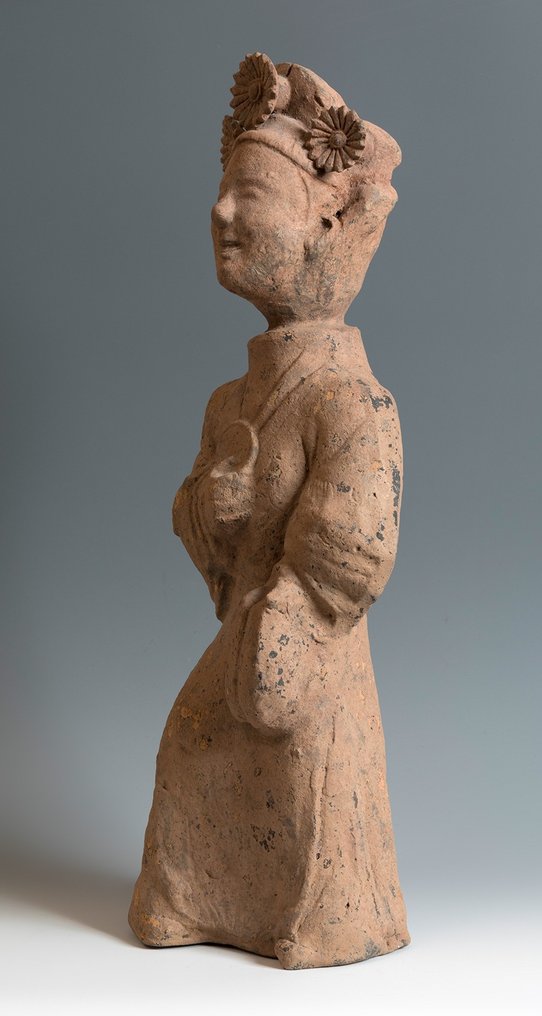Disclaimer
Sælger garanterer og kan bevise, at genstanden er erhvervet på lovlig vis. Sælger er blevet informeret af Catawiki om, at skulle fremskaffe den dokumentation, der kræves af love og regler i dennes bopælsland. Sælger garanterer at være berettiget til, at måtte sælge/eksportere denne genstand. Sælger sørger for, at al information vedrørende proveniensen af en genstand vil blive videregivet til køber. Sælger sørger for, at eventuelle nødvendige tilladelser er blevet eller vil blive indhentet. Sælger vil omgående informere køber om eventuelle forsinkelser i forbindelse med indhentelse af sådanne tilladelser.
Sælger garanterer og kan bevise, at genstanden er erhvervet på lovlig vis. Sælger er blevet informeret af Catawiki om, at skulle fremskaffe den dokumentation, der kræves af love og regler i dennes bopælsland. Sælger garanterer at være berettiget til, at måtte sælge/eksportere denne genstand. Sælger sørger for, at al information vedrørende proveniensen af en genstand vil blive videregivet til køber. Sælger sørger for, at eventuelle nødvendige tilladelser er blevet eller vil blive indhentet. Sælger vil omgående informere køber om eventuelle forsinkelser i forbindelse med indhentelse af sådanne tilladelser.












